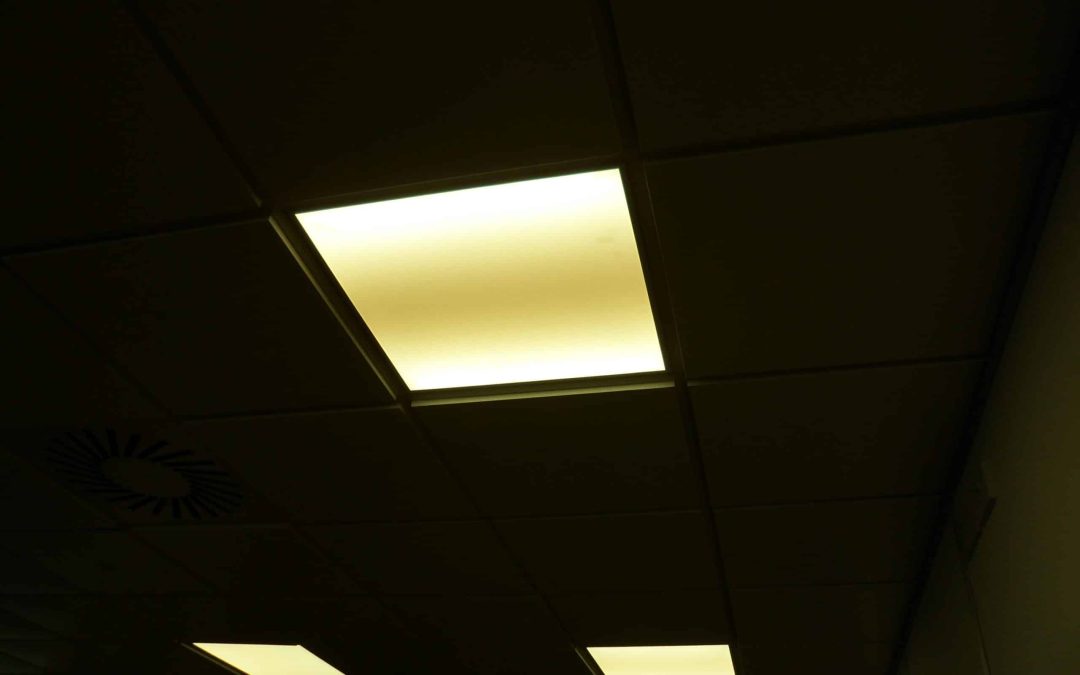It is a common belief that the primary factor influencing the choice and purchase of commercial lighting is budget, rather than sustainability, eligibility, and energy-saving features. This unfortunate trend often leads to the oversight of important considerations. For instance, when a fluorescent tube or bulb ceases to function, it is a relatively inexpensive and simple task to replace it.
On the other hand, LED lights do not rely on bulbs or tubes. If an LED fitting malfunctions, a complete replacement is necessary, requiring a new unit altogether. Our experience has shown that if low-quality fittings are chosen, these may need to be replaced within a mere 2 or 3 years. In contrast, a typical fluorescent or metal halide light fitting with regular maintenance can last for up to 20 years.
However, when an LED fitting reaches the end of its lifespan, the only solution is to hire an electrician for replacement. Consequently, maintenance costs can skyrocket by up to 10 times. From a sustainability standpoint, this practice is not ideal.
This cycle of replacement is often repeated until someone realizes the issue at hand. It is important to note that while the cost of the actual fitting may be similar across different suppliers, the price of a light fitting can vary significantly by as much as 80%.
So, how can one differentiate between a quality fitting and cheap, subpar products? Surprisingly, major electrical wholesalers and retailers are often the culprits behind the distribution of inferior lighting options.
We recently conducted a lighting survey on a large call centre equipped with approximately 250 LED panels. These panels were barely 3 years old, yet several had already failed, displaying severe browning across the centre of the panel. Although the brand offered a 5-year warranty, the original fitters were out of business.
Another issue that arose was the discomfort experienced by personnel due to headaches caused by excessive lighting and glare. The panels did not adhere to the low glare standard, known as the Unified Glare Rating (UGR), which ideally should be below 19UGR. Additionally, the replacement process involved fitting one LED panel for every fluorescent light, which resulted in an overly bright and wide spread of light. Ideally, the number of panels should have been reduced by up to 50%. Another measure would be to have 3000K colour temperature a warm white.
Ultimately, the total cost of replacing these unsatisfactory panels amounted to almost £10,000, not accounting for the decrease in productivity.
Therefore, it is crucial for businesses and consumers to prioritize sustainability, quality, and energy efficiency when choosing commercial lighting solutions. Taking the time to research and select reputable LED lighting suppliers and products can save both significant costs and unnecessary inconveniences in the long run.
